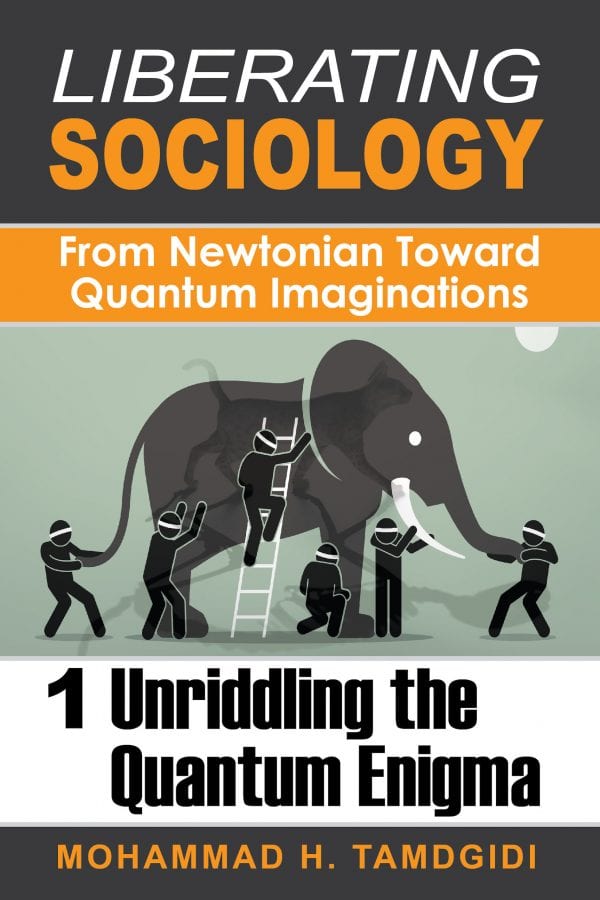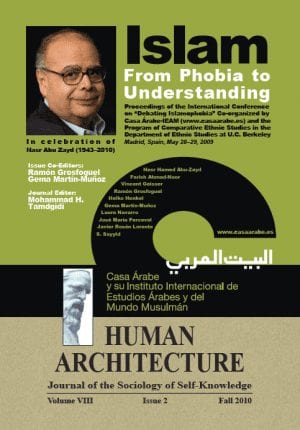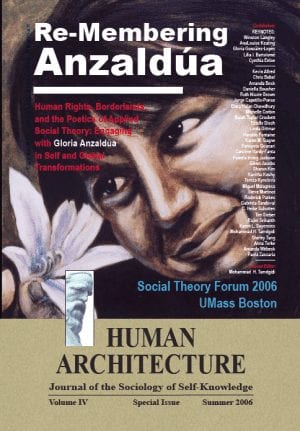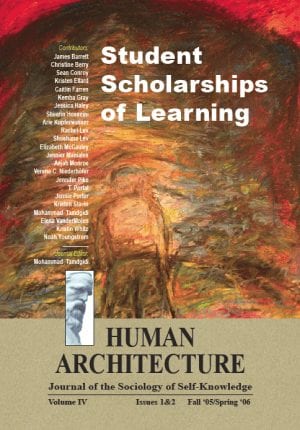Book Section: CHAPTER 4 — Whose Enigma?: From Classical Newtonianism to Relativity and the Quantum Revolution — by Mohammad H. Tamdgidi
$20.00
This is the fourth chapter of the first volume of the series, Liberating Sociology: From Newtonian to Quantum Imaginations, subtitled Unriddling the Quantum Enigma, by Mohammad H. Tamdgidi. In this chapter titled “Whose Enigma?: From Classical Newtonianism to Relativity and the Quantum Revolution,” the author argues that the so-called quantum enigma can be best understood in the social and historical contexts in which it emerged and had endured.
Description
Abstract
This is the fourth chapter of the first volume of the series, Liberating Sociology: From Newtonian to Quantum Imaginations, subtitled Unriddling the Quantum Enigma, by Mohammad H. Tamdgidi. In this chapter titled “Whose Enigma?: From Classical Newtonianism to Relativity and the Quantum Revolution,” the author argues that the so-called quantum enigma can be best understood in the social and historical contexts in which it emerged and had endured.
Tamdgidi broadly traces the scientific discoveries such as the special and general theories of relativity as well as the specific experimental breakthroughs of the quantum revolution that altogether shattered over time the basic foundations of classical Newtonianism in the course of the past century. He argues that in addition to challenging the basic formal logical dualism maintaining the Newtonian model of universe and science, the proposition of the “wave-particle duality of light” (or matter) also basically overthrew in embryo the propositions of atomism, separability, (subjectless) objectivity, determinism, continuity, disciplinarity, and scientism maintaining the Newtonian way of imagining reality.
What were previously assumed to be externally interacting atomic bodies comprising the microscopic realm of reality, were now viewed as comprised of interpenetrating and overlapping elements that, as waves, also interfered with one another such that it could no longer be stated with certainty that one element A caused another element non-A since the two, or more entities, have coexistential attributes that lead them at least in parts to be the same as one another. It was no longer possible to draw a predictable, deterministic, rabbit (or cat) out of the magic hat of “objective” reality in its microscopic realms.
Tamdgidi suggests that the quantum view and its associated enigmas have contributed to the challenge of adequately understanding the quantum way of imagining reality, one that has the following eight notional attributes: 1-“Duality” (for which he distinguishes two approaches as Complementarity and Simultaneity); 2-Superpositionality; 3-Inseparability; 4-Relativity (Subject-included Objectivity); 5-Probability; 6-Discontinuity (for which he prefers to use the term Transcontinuity); 7-Transdisciplinarity; and 8-Transculturalism. Tamdgidi’s basic point is to see how the logically dualistic-formal, atomistic, separable, objective (excluding the subject), deterministic, continuous, disciplinary, and scientistic imagination of reality as found in classical Newtonianism has been enigmatically challenged.
Tamdgidi also emphasizes that when considering the Newtonian or quantum models or ways of imagining reality and delineating their defining attributes, it is by no means redundant, but in fact essential, that we include the ways of knowing (such as disciplinarity or scientism in the classical Newtonian model and their contrasting parallels, transdisciplinarity and transculturalism, in the quantum model) as part of the “attributes package,” so to speak, of what each model represents. This, in turn, makes it possible for us to avoid reifying enigmatic experiences in diverse social, cultural, and disciplinary contexts, by always asking “enigmatic for whom?” or “Whose enigma?” while considering the extent to which the so-called ‘quantum enigma’ may be in fact a “Newtonian enigma,” that is, classical Newtonian in its nature and origins.
Recommended Citation
Tamdgidi, Mohammad H. 2020. “CHAPTER 4 — Whose Enigma?: From Classical Newtonianism to Relativity and the Quantum Revolution.” Pp. 175-224 in Liberating Sociology: From Newtonian Toward Quantum Imaginations: Volume 1: Unriddling the Quantum Enigma. (Human Architecture: Journal of the Sociology of Self-Knowledge: Vol. XIII, Issue 1, 2020.) Belmont, MA: Okcir Press (an imprint of Ahead Publishing House).
The various editions of the volume of which this chapter is a part can be ordered from the Okcir Store and all major online bookstores worldwide (such as Amazon, Barnes&Noble, and others).
Read the Above Publication Online
To read the above publication online, you need to be logged in as an OKCIR Library member with a valid access. In that case just click on the large PDF icon below to access the publication. Make sure you refresh your browser page after logging in.








